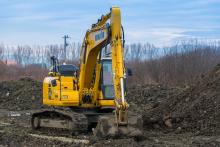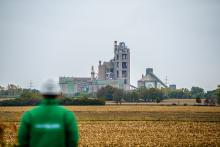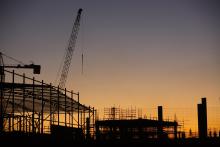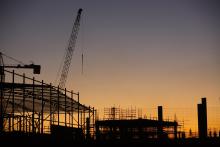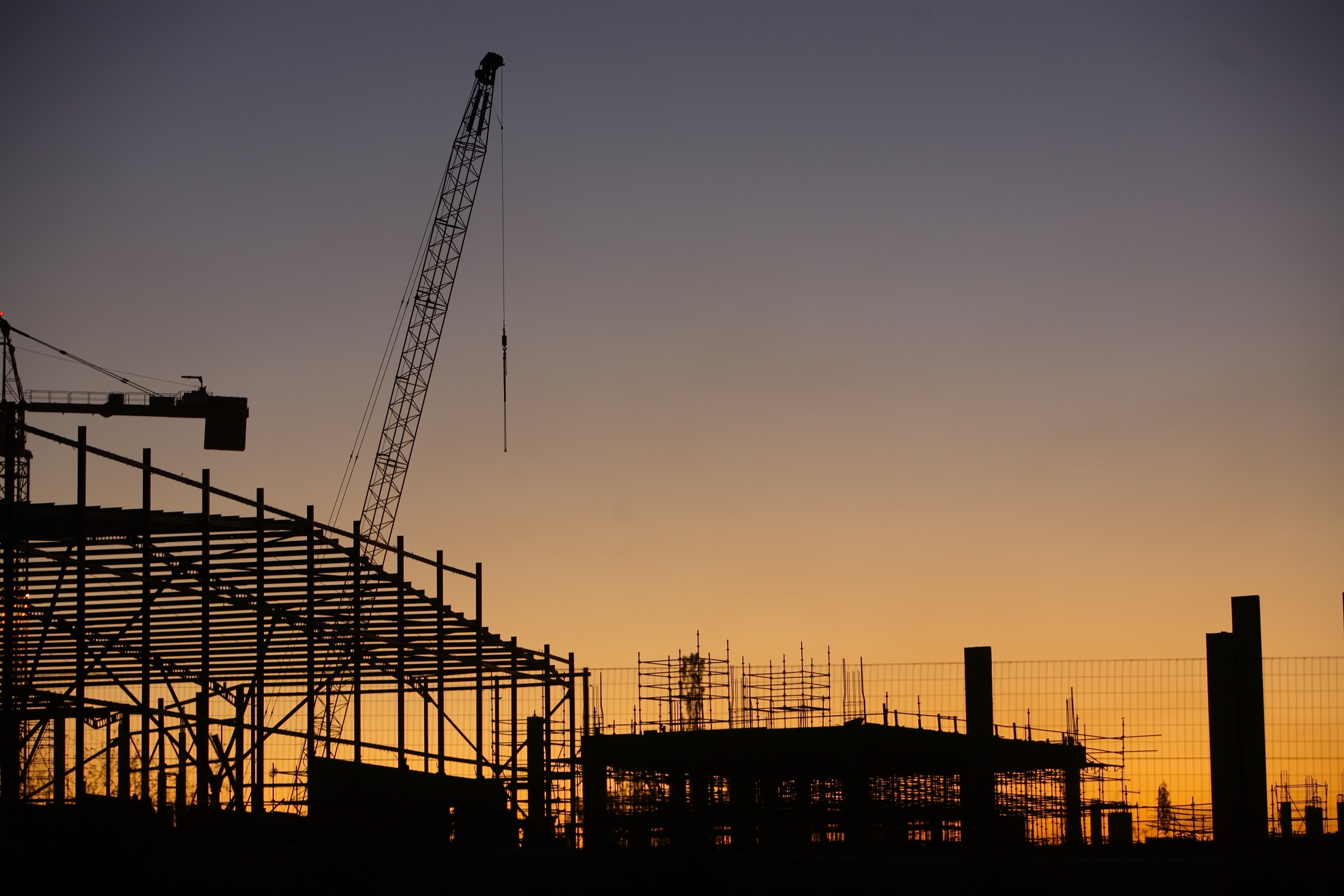
GlobalData currently forecasts that construction output growth will stand at 3.4% in 2022 as a whole, which means that in constant prices terms, output will just be marginally below the 2019 level. However, the downside risks to the outlook have intensified, given the sharp increase in prices for key construction materials, supply chain bottlenecks, and higher energy costs.
Danny Richards, construction analyst at GlobalData, comments: “Construction output in the UK has continued to edge higher in recent quarters, having rebounded quickly in late 2020 following the slump in Q2 2020, when the country went into lockdown to contain the spread of COVID-19.
In Q1 2022, construction output reached a record high, just surpassing the previous high set in Q1 2019 (in seasonally-adjusted constant prices terms). However, concerns are mounting over the surge in prices for key construction materials and energy, which is expected to constrain construction output growth in the coming quarters, along with an increasingly gloomy outlook for the UK economy amid rising interest rates.”

According to the latest data published by the Office for National Statistics (ONS), construction output was up by 7.4% year-on-year (YoY) and 3.8% quarter-on-quarter (QoQ) in January–March 2022 (in constant prices, seasonally-adjusted terms). New infrastructure construction work has been the key driver of overall construction output growth since the onset of the COVID-19 crisis and expanded by 19.5% YoY in Q1 2022. The residential construction sector has also continued to recover, jumping by 6.9% YoY and 6.1% QoQ in January–March 2022. However, the sector has yet to return to pre-COVID-19 levels, being 4.4% lower than the record high posted in Q3 2019.
Richards concludes: “Although posting an impressive outturn in the first quarter of the year, the outlook for the UK’s construction industry is mixed, with the ongoing recovery facing major downside risks, notably inflationary pressures and supply disruptions affecting the availability of key building materials, along with geopolitical and economic risks that have dampened investor confidence.”



